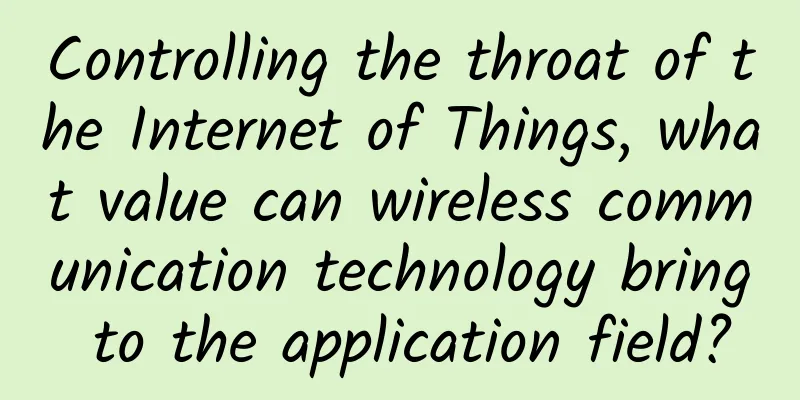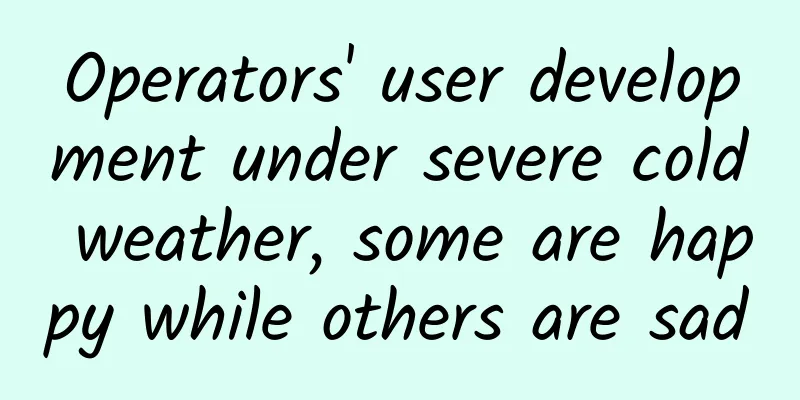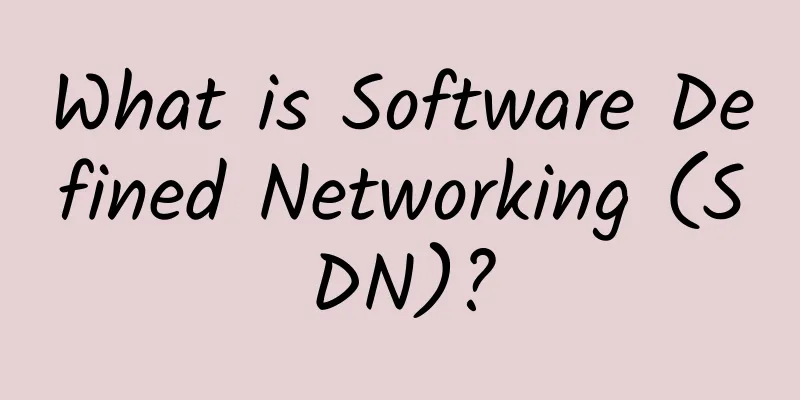Blockchain from an economic perspective

|
When talking about blockchain, everyone will mention the "Byzantine Generals Problem", a famous problem in distributed systems. The Byzantine Generals Problem is roughly about this: N generals in different places of Byzantium besiege an enemy. The loyal generals hope to reach a consensus on a certain order through some kind of agreement (such as agreeing to attack together at a certain time), but some of the rebellious generals will prevent the loyal generals from reaching a consensus on the order by sending wrong messages. If the number of generals launching the attack at the same time is less than M, it will not be enough to annihilate the enemy, but it will be easy to be annihilated by the enemy. How can we ensure that more than M generals launch the attack at the same time? The Byzantine Generals Problem is a classic model of distributed systems. When there is no reliable center to coordinate all nodes in a distributed system, how to ensure that the data of most nodes is consistent? The Byzantine Generals Model describes this problem. If a blockchain system can solve the Byzantine Generals Problem, then we say that this blockchain system meets Byzantine fault tolerance. One thing to note: In the Byzantine Generals Problem model, generals are divided into two types: "loyal" and "traitorous". This classification is actually based on whether the generals comply with the "consensus protocol". In the blockchain system, when a node does not comply with the consensus protocol and tampers with correct data, it can be regarded as a "traitorous" node. As an information system, it is sufficient to analyze it from the perspective of the "Byzantine Generals' Problem" (i.e., the data consistency of distributed systems). However, as I mentioned in the first article of this series, blockchain is not only an information tool, but also a technology that goes deep into the business and can play a decisive role in the business model. Blockchain technology is not only an information technology, but also an "economic technology". Therefore, we cannot analyze blockchain only from the perspective of information technology. Let’s get back to the topic of this chapter. How do we look at blockchain from an economic perspective? This topic is too broad, and I am not an economics major, so I can only try to simply analyze the Bitcoin blockchain system from an economic perspective. From an economic perspective, simply complying with the consensus protocol cannot guarantee the stability of an economic system. In fact, when designing the Bitcoin system, Satoshi Nakamoto had already considered many economic issues. Therefore, the Bitcoin system provides mining rewards to miners, and miners can also receive transfer fees to ensure that there is enough computing power to participate in the maintenance of the entire Bitcoin system. The most basic assumption of economics: miners seek to maximize profits First of all, for miners, if they comply with the technical protocol of the entire Bitcoin system, they may be able to obtain Bitcoin. If they do not comply, they will be directly excluded from the system and will not receive any benefits. Therefore, from the perspective of the "Byzantine Generals Problem", Bitcoin miners are all "loyal", which can make the entire Bitcoin system stable.
However, under the premise of complying with the technical protocol of the Bitcoin system, there are actually many strategies to choose from. These strategies are actions that do not violate the technical protocol, but they have an impact on the economic stability of the entire Bitcoin system. For example, miners can choose to launch DDOS attacks on other miners, slow down the competitor's network, and increase their chances of mining blocks. This situation can allow miners to obtain higher profits, but once all miners are DDOS attacks on each other, the entire Bitcoin network will be unavailable, transactions cannot be submitted and take effect, and the value of the entire Bitcoin will be reduced. It should also be noted that the identity of miners is sometimes not only miners, but also Bitcoin traders. In this case, if miners launch a "double-spending attack", they may gain a lot of benefits. For example, if a miner Alice needs to transfer 1,000 bitcoins to Bob, Alice broadcasts a transaction on the Bitcoin network that transfers 1,000 bitcoins from Alice to Bob's account, which is received by other miners and recorded in their blocks. However, Alice herself records another transaction in the block - Alice transfers 1,000 bitcoins to Alice_new account, that is, Alice artificially creates a fork, and at this fork point, creates a double-spending transaction (one money is spent twice). Alice then continues mining silently until 6 blocks are generated, and then broadcasts the mining results again. If Alice can control more than 51% of the computing power of the entire network, then the double-spending transaction that will eventually be recognized by the entire network will be the transaction from Alice to Alice_new, and the transaction to Bob will be invalid. At this time, if the price of 1 Bitcoin is $3,000, then Bob may have lost $3 million. This is a very large number. This is what we often refer to as the "51% attack" in Bitcoin.
Since the entire Bitcoin system is decentralized, that is, we have no way to record the credit of Alice, the miner, so even if a 51% attack occurs, Alice will not be punished. On the contrary, Alice can continue to participate in mining and continue to make 51% attacks. Of course, if this happens frequently, the entire Bitcoin system will become worthless. Therefore, when miners with super computing power launch a 51% attack, they also need to consider whether they will bring down the entire Bitcoin system. In fact, it is not just the miners with more than 51% of the computing power who can launch a double-spending attack. If a miner has 45% of the computing power, he can still launch a double-spending attack. Under the concept that 6 blocks can confirm the success of a transaction, the success rate of a double-spending attack launched by 45% of the computing power is (0.45/(1-0.45)) to the sixth power - 30%. (Considering that he has 45% of the computing power, he can mine his own fork alone, and the other fork will only have 55% of the computing power, so it is 0.45/(1-0.45)). In other words, if the amount of the double-spending transaction is 1,000 bitcoins, then his expected profit is 300 bitcoins. In this case, from the perspective of game theory, the possibility of miners launching a double-spending attack is very high.
Since the mining difficulty changes slowly in the design of the Bitcoin blockchain system, for miners with high computing power, launching a double-spending attack while preparing to significantly increase hardware to improve computing power may allow miners to obtain high returns. Of course, this behavior will also damage the value of Bitcoin. Based on the above analysis, we can conclude that although the Bitcoin blockchain system is very mature in terms of technical design, once economic analysis is adopted, it can still be found that the decentralized Bitcoin system still has high economic risks, which come from the centralization of computing power. At present, several large mining pools have occupied a very high proportion of computing power in the entire Bitcoin network. In this case, the value of the Bitcoin system has largely depended on the moral level of these mining pools. However, all the above analysis assumes that miners have initiated large transfer transactions. At present, due to the very high price of Bitcoin, large transactions are relatively rare, so the probability of the above risks is very low. |
>>: How can blockchain become a “trust machine” amid market chaos?
Recommend
Get ready for Industry 4.0 with 5G and native AI
The Internet of Things (IoT) is a major business ...
Three reasons to build a converged Wi-Fi and IoT network
In the near future, collaboration between humans ...
[11.11] OneTechCloud 30% off monthly VPS, 10% off dedicated servers, Hong Kong CN2, US CN2, CN2 GIA high defense optional
OneTechCloud (Yikeyun) launched a promotion durin...
10 pain points: How IT departments face edge computing
From networking and integration to failover, asse...
600,000 new 5G base stations will be built in 2021
2020 is a critical year for the large-scale comme...
5G Downlink Channel Sounding "CSI-RS"
Since 4G, the bandwidth of carriers has increased...
5G security has become a focus, but do you really need 5G?
[[339455]] The latest insights from the Economist...
The explosion of the Internet of Things has forced the advancement of edge computing
According to research firm IDC, spending on the I...
Visit the exhibition area without leaving home and experience Huawei's 5G technology beyond your imagination
[51CTO.com original article] Not long ago, Huawei...
Low Power Wide Area Network (LPWAN) Technology – Benefits and Testing Challenges
What is LPWAN? The Internet of Things (IoT) refer...
Liu Duo from CAICT: There are 32,000 5G base stations used in the industrial Internet
At the 2020 China 5G+ Industrial Internet Confere...
The third quarter of 2021 has passed. How is the progress of 5G construction in my country?
On October 20, the Ministry of Industry and Infor...
The efficiency of quantum entanglement purification has increased by more than 6,000 times, far exceeding the international level
At present, quantum technology represented by qua...
DiyVM: Hong Kong dedicated server from 499 yuan, Hong Kong/US VPS 50% off 2G memory package monthly payment from 69 yuan
DiyVM is a Chinese hosting company founded in 200...
The shortest path to microservice containerization, best practices for microservices on C
Preface Microservices, as a more flexible, reliab...









